Why warts grow is a question that dermatovenerologists often hear from patients.
These neoplasms are often the cause of not only aesthetic but also physical discomfort.

Therefore, it is not surprising that patients are interested in how to get rid of them.
What are these growths and why do warts grow on the hands and other parts of the body, patients often wonder.
What motivating factors affect their appearance and what are the ways to get rid of the pathology?
Warts: what they are
When a person discovers that warts have begun to grow, he inevitably wonders what it is and where the growths come from.
Warts are benign skin lesions.
A person owes their appearance to infection with human papillomavirus.
The virus is considered very common, affecting about 90% of the world's population.
The peculiarity of the infection is that its symptoms may disappear for a long time.
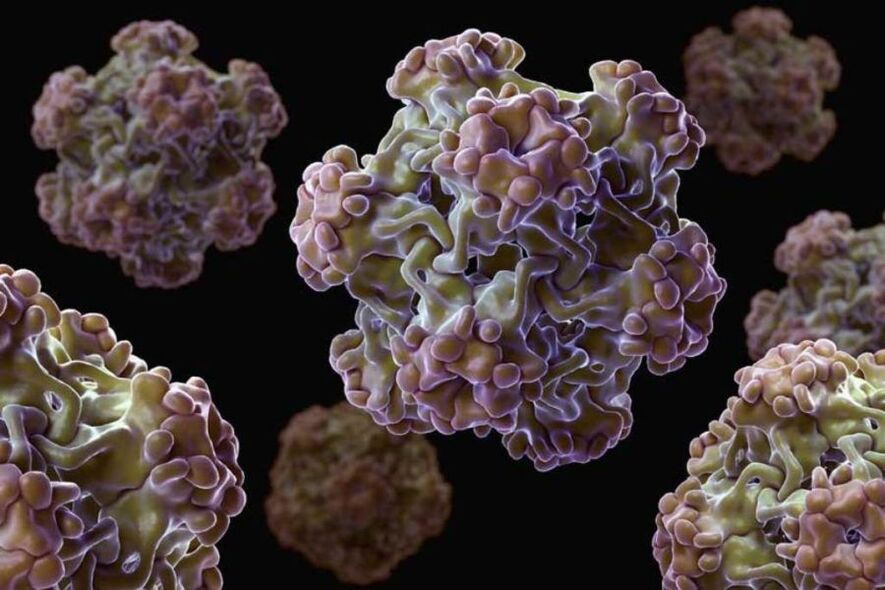
Until the body is exposed to any adverse effects.
Today, it is very easy to get HPV, as doctors say.
There are several ways.
- Sexual intercourse. Sex without a condom can easily transmit the infection from a sick person or carrier to a healthy person. Moreover, even a condom does not always protect a person from this viral pathology. Although it significantly reduces the likelihood of infection. It is important to remember that not only classical sex, but also oral and anal sex is dangerous.
- Vertical way. Another fairly common method of infection. In this case, the virus enters the child's body from the body of the sick mother. The moment she passes through the birth canal. In exceptional cases, transplacental infection is also possible. However, this requires special conditions.
- Communication way. Human papillomavirus can remain on ordinary sponges, towels and linens. Of course, infection is possible if a healthy person comes in contact with an infected person's personal hygiene products.
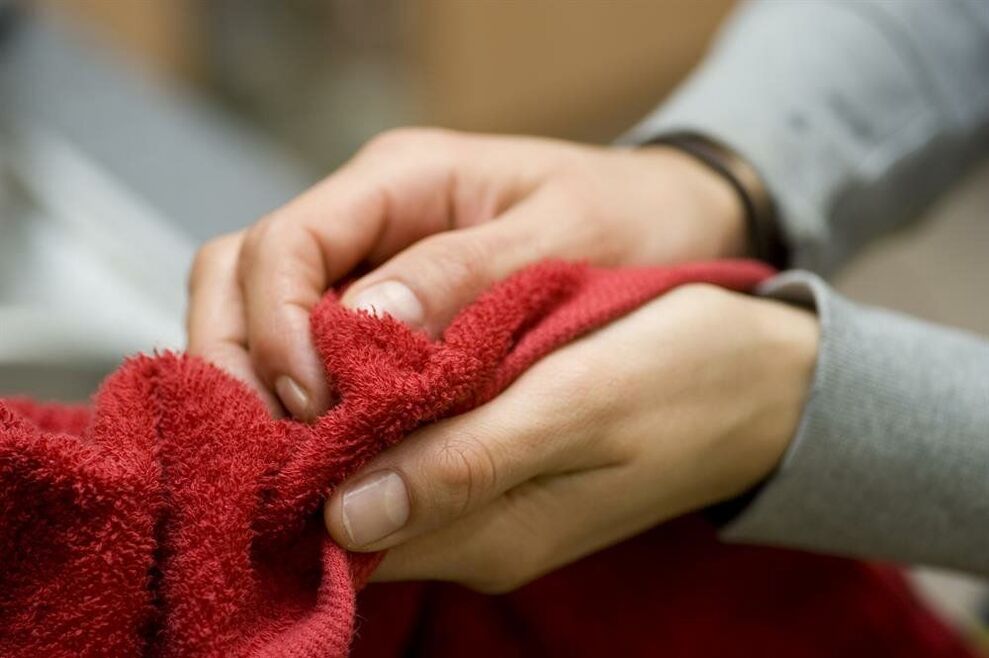
It is important to remember that warts are just one of the manifestations of HPV.
The virus can also be felt with the development of papillomas, genital warts and other types of neoplasms.
In addition, some subtypes of the virus are highly oncogenic.
If not treated in time, it can lead to the development of malignant neoplasms.
Types of warts
No matter how fast the spleen grows, doctors distinguish several types of this unpleasant skin formation.
Depending on the type of sigh, its localization, as well as the alleged features of its removal, can be judged.
Separate:
- normal growths occur most often on the face and hands, and especially children suffer from them, often more than one growth is visible, rarely alone;
- flat neoplasms - another variant of the pathology affecting the face, neck, arms, often do not differ in color from the general skin tone, which can make them somewhat difficult to identify;
- plantar warts form on the soles and resemble the most common corns in their structure, which can cause significant discomfort when walking;
- In older patients, aging formations appear, they are usually small at first, but over time they tend to grow openly, which can be a cause for concern because they are often located in closed parts of the body and are subject to friction.
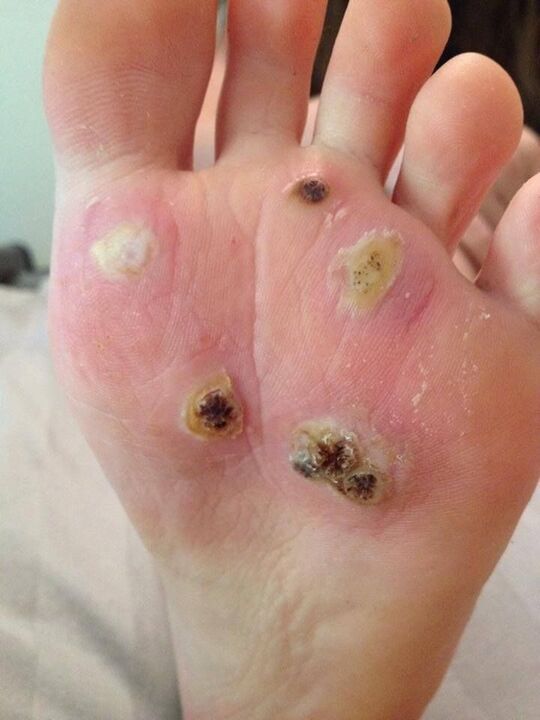
Some people also call genital warts warts, but this is not entirely true, although the formations are similar.
It is very important to understand what type of wart it belongs to.
This will allow the doctor to choose the optimal elimination tactics, as well as means to prevent relapse.
Causes of the appearance of warts
Patients often wonder why warts grow on the body, face, and extremities, and ask their doctors if the location of the warts depends on their nature.
It is important to understand that the main cause of appearance is always the same - it is an activated human papillomavirus in the body.
If the patient is not infected with HPV, then it will never and never cause warts.
If there is a virus in the body, the neoplasm can appear anywhere.
In some people, the virus is not felt for a lifetime.
In addition, if the immune system is strong enough, the patient may not even know he is infected.
In the absence of special studies.
If a neoplasm occurs, it is important to understand that the infection has already occurred.
Unfortunately, today it is impossible to get rid of HPV.
However, with effort, you can minimize the recurrence of the pathology so that the virus no longer resembles itself.
At first, the warts growmost often due to the presence of most blood vessels.
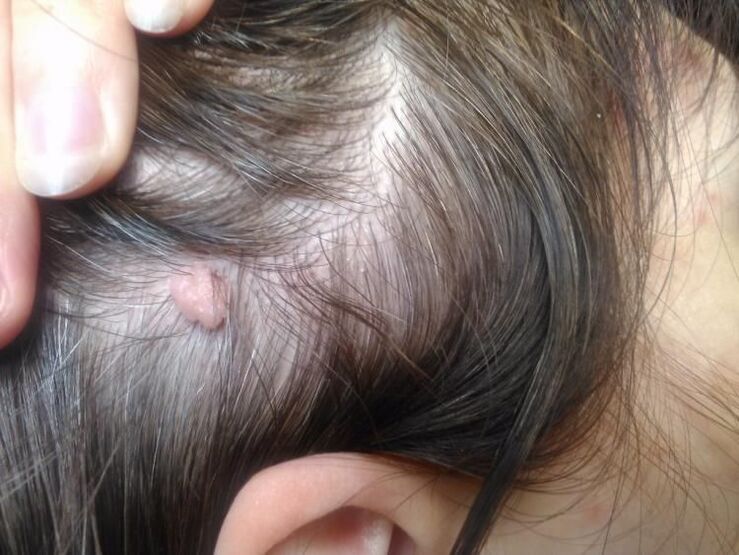
This means that the easiest way is for the virus to enter these areas and infect the maximum number of cells.
Patients are often asked why other parts of the body are affected.
Why warts grow on the hands
It is not uncommon for people to ask their doctors why warts grow on their fingers.
There are several reasons for this.
First of all, as doctors point out, the reason is that the hands are one of the main parts in constant contact with the external environment.
As a result, the easiest way for the virus to enter the body is through contact with them.
However, as noted by doctors, the risk of infection is minimized if there are no injuries to the skin of the hands.
However, if the patient's skin is damaged, it is extremely easy to become infected.
Other reasons include:
- constant contact with external objects in public places (handles, door handles, common items) that can be infected;
- Shaking hands with a person who is infected with HPV and has characteristic rashes or microtraumas on the skin of the hands, the virus can be transmitted to a healthy person;
- excessive dryness of the skin, which contributes to the formation of various microtraumas;
- sweating of the palms, which adversely affects the protective properties of the skin;
- regular trauma to the skin in the hands (work in the industry without gloves, cuts, etc. );
- ignore the recommendation to use gloves in cold weather (slowing of blood flow in the hands allows the accumulation of viruses and more active infection of healthy cells).

Warts on the heel area
Warts on the feet also often grow.
The patient may initially ignore it for a long time, or may struggle with a callus as they usually do.
However, these methods are ineffective.
There are several reasons why HPV-induced growths appear in the heel area:
- if a person often wears shoes made of unnatural materials, where the skin sweats a lot and does not allow the foot to breathe normally, the wart hurts and grows on the heel;
- if the patient walks barefoot in saunas, baths, swimming pools, the appearance of pathological growth is also possible (because these places are considered public places, the virus can easily enter the environment and stay there for a long time due to high humidity);
- Regular wearing of rubber shoes also has a negative effect on heat exchange and sweating, which can lead to the development of infection;
- Excessive dryness of the skin, as in the hands, also plays a role, causing damage to the skin more easily than normal (for example, due to dryness, heels often crack and wounds are a good transition to infection);
- Fungal diseases of the feet also contribute to HPV infection because they reduce local immunity.

Warts began to grow: provocative factors
As already mentioned, human papillomavirus does not manifest itself in all people, even if it is an infection.
What if the wart grows and itches or hurts?
This is a reason to think that the body is affected by any pathological factor that negatively affects immunity.
Among the causes or triggers of wart growth are often mentioned:
- presence of any type of diabetes mellitus in case of decompensation;
- HIV infection;
- reduction of immunity under the influence of unfavorable environmental factors (eg, colds, unhealthy diet, etc. );
- pregnancy, which is always associated with immunosuppression, otherwise the woman can not tolerate the fetus;
- use of drugs containing glucocorticosteroid hormones that have immunosuppressive effects;
- some severe genetic pathologies may cause virus activation;
- Ignoring the rules of hygiene can lead to pathological processes in the body;
- Neglect of the principles of protection during sexual intercourse often leads to infection and then the development of the disease;
- Exposure to severe stress and overwork in all cases adversely affects the body's immune defenses.
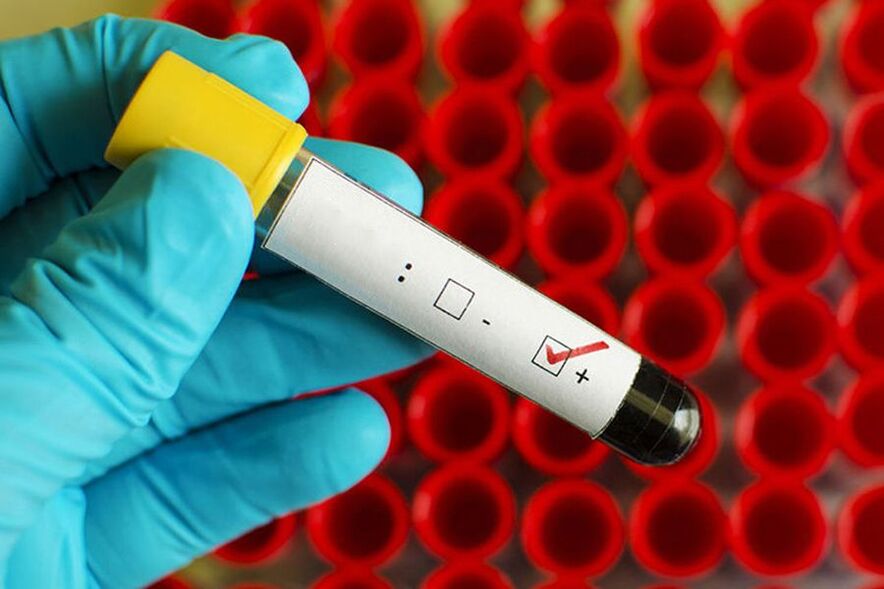
Exposure to one or more of these factors can cause warts to begin to grow in an adult or child.
Methods of removing warts
What to do if a wart grows, many patients are interested in the attending physicians.
After all, this pathology is usually not painful, but still causes aesthetic concern.
Especially ifsneezing grows on the face. . .
First of all, a patient with a similar problem is advised to remove the accumulation.
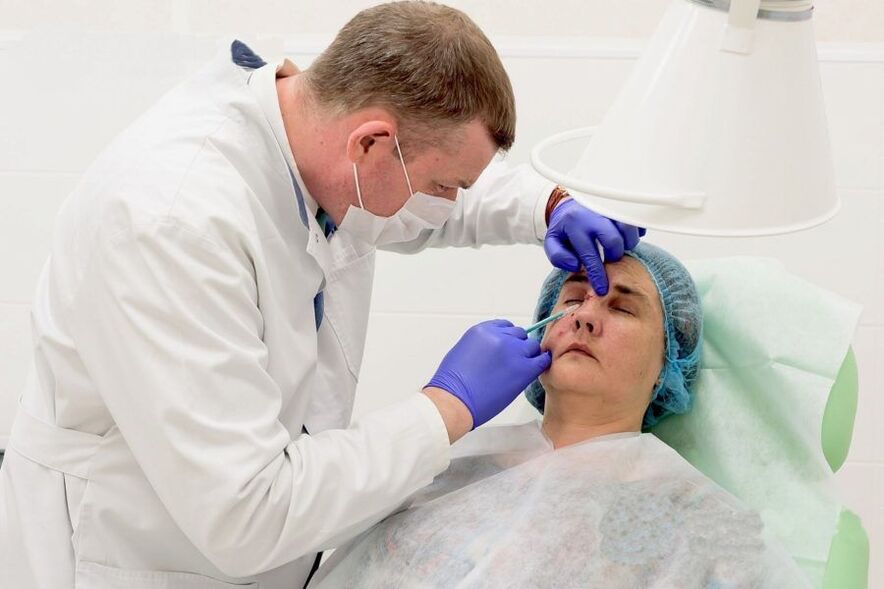
One of the following methods can be selected:
- chemical removal with the help of special drugs that are cauterized until the neoplasm is completely gone;
- laser removal, which is based on burning with a directed beam, minimally damaging the surrounding tissues;
- cryotherapy, the removal of which is carried out with the help of nitrogen, which sharply cools the pathological tissues, thereby killing them;
- electrocoagulation is another popular method of removing current due to point effects;
- Surgical intervention is a technique used in exceptional cases when the growth is large or there are contraindications to the use of other methods of intervention.
If the wart grows in the eye or the growth is localized in any other part of the face, you must consult a doctor.
You cannot fight these delicate neoplasms on your own.
Because it can lead to serious complications.
Once removed, the doctor cannot guarantee that the warts will no longer be visible.
Relapses of pathology are recorded in about 30% of cases.
Also, in some cases, the growths disappear spontaneously without outside interference.
Which doctor should you see if the warts grow?
If warts grow on the neckor in other parts of the body, then patients are interested in which doctor to consult.
It is worth visiting a dermatovenerologist first.
He is a specialist in dealing with various skin pathologies, including those caused by viral infections.
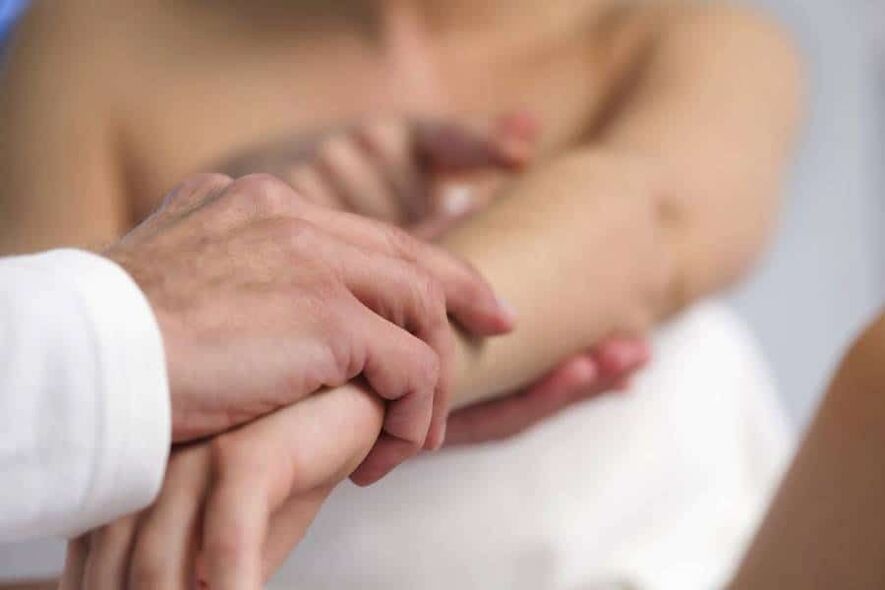
The doctor specializes in both dermatology and venereology.
He or she can also give advice on how to increase immunity to prevent recurrence of neoplasms.
Warts are an unpleasant growth on the skin.
They significantly reduce the aesthetic appeal, especially if they are located in prominent places.
A person suffers especially strongly when the face is affected.
A timely visit to the doctor will help you to easily get rid of the growths that form under the influence of HPV.
And following the recommendations will prevent relapses.
If warts appear, consult a dermatovenerologist at a specialized clinic.














































































